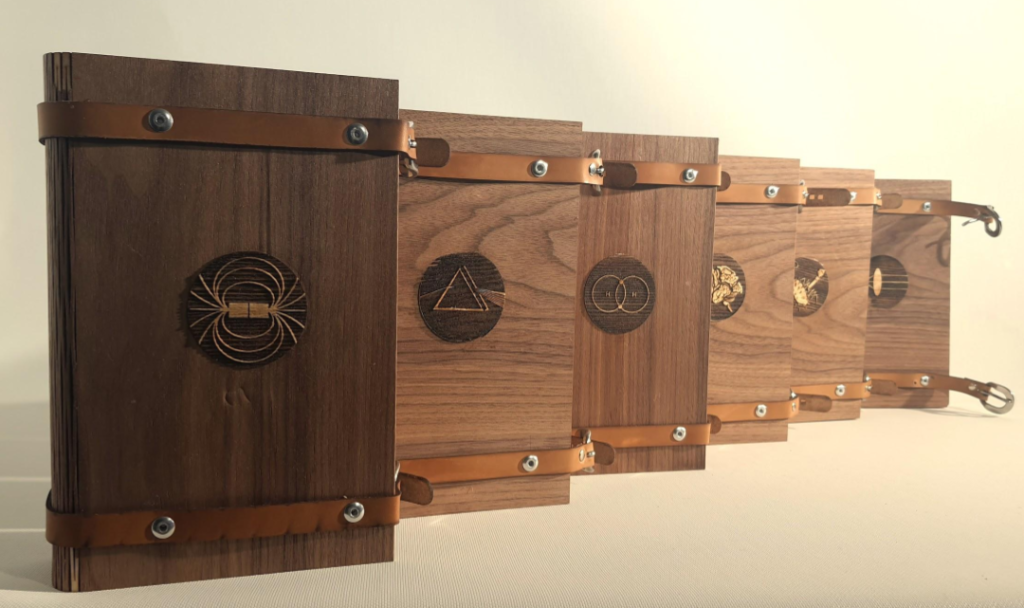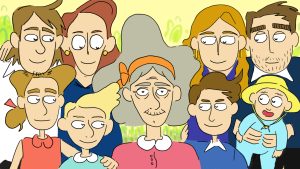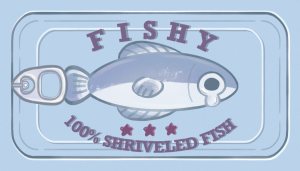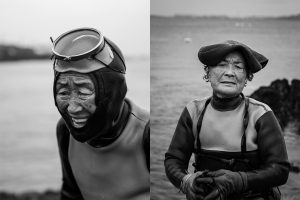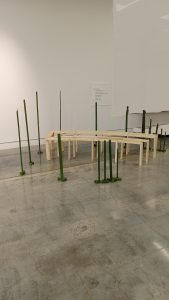Kits of High-school Sciences
Hoang Do
See it On Campus: Level 2
Visitor InfoLocated in the Rennie Hall
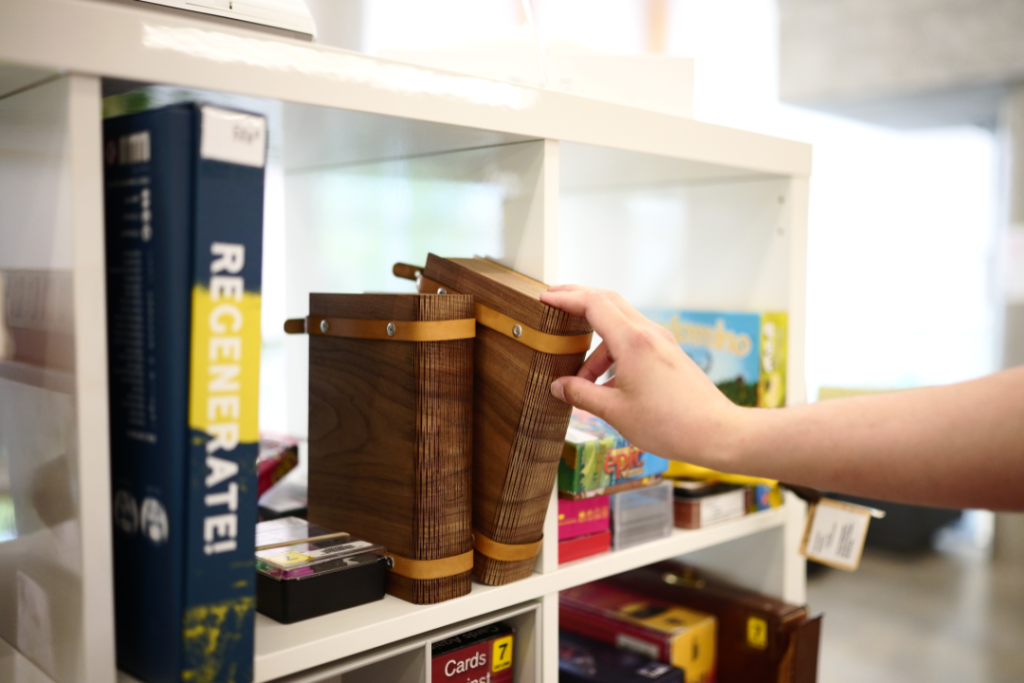
For students who like to play as they learn
Creating a play-based learning environment
I like science, but a big challenge of learning sciences in high-school was how textbooks, a 2-dimensional object, was challenging me and my peers to think and imagine 3 dimensionally.
This didn’t have to be the case, as science is more often than not visible and interactable in 3D space, especially in the realm of high-school education. Students can learn science by going outside and observing the world instead of being confined in a classroom environment and textbooks.
I was fortunate to have teachers who brought models to class and let me and my peers explore concepts tactilely alongside book-based learning, as well as being able to go on field trips to learn how concepts are adapted into the real world. I grew up learning science through play, exploration, and realistic experiences, and unfortunately not all students are as lucky as I was.
For my graduation project, I wanted to recreate my learning experience into a system of objects that is accessible to any high-school students. Students can use these tools to enrich their education, as well as becoming teachers to other students…
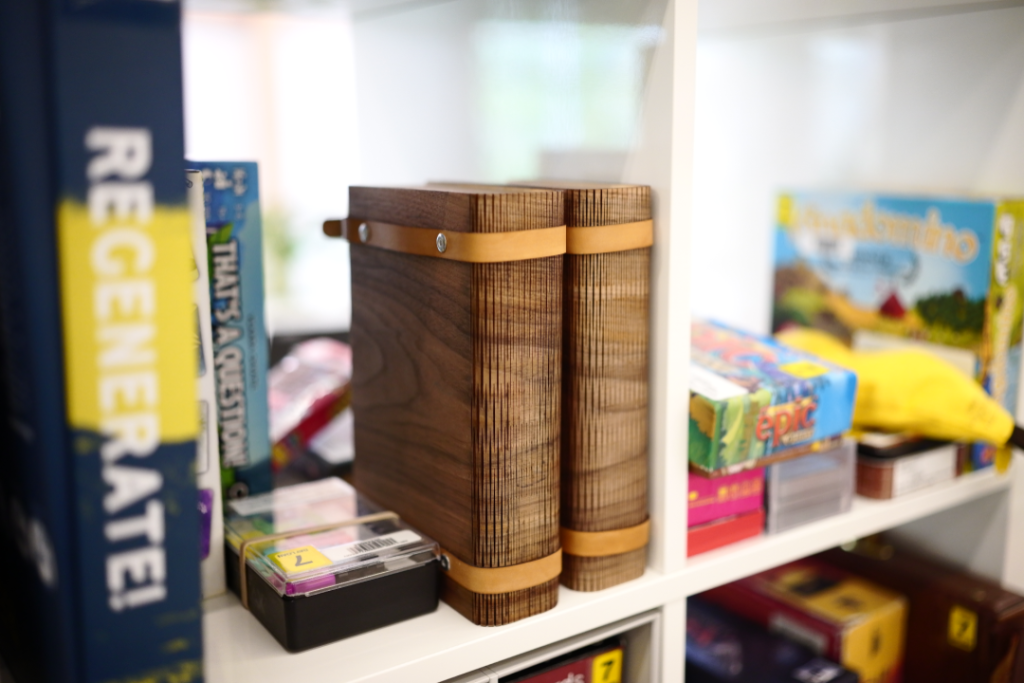
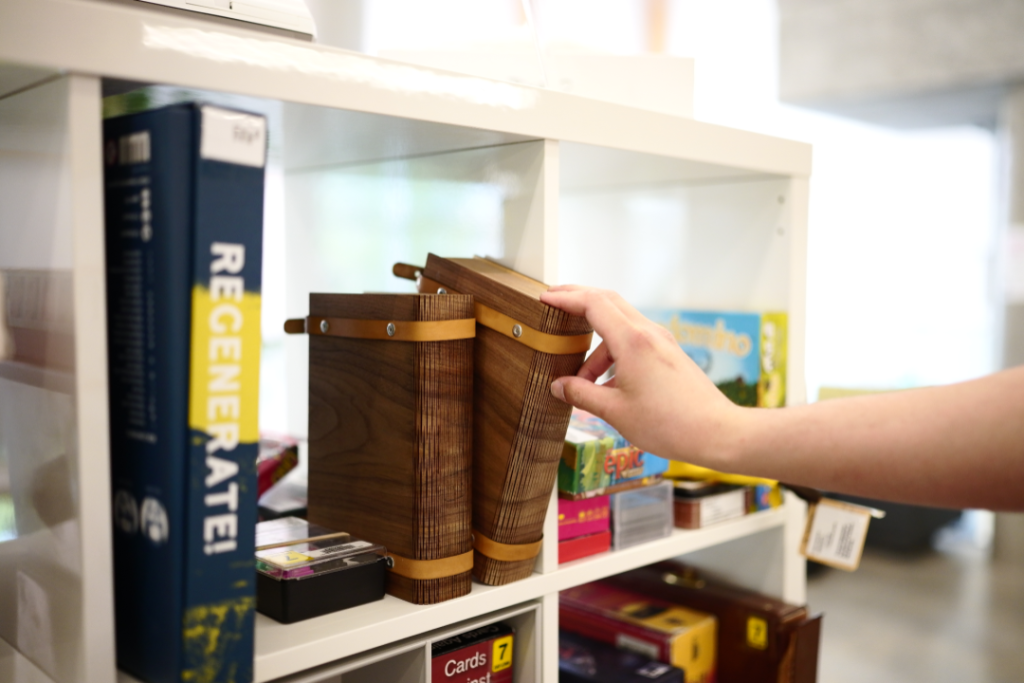
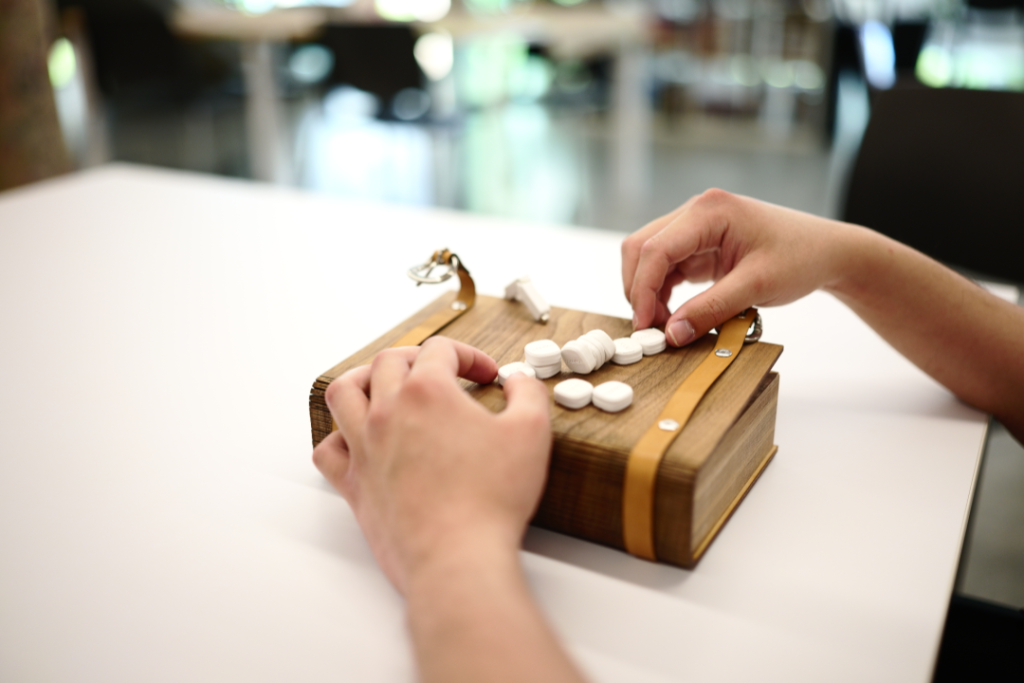
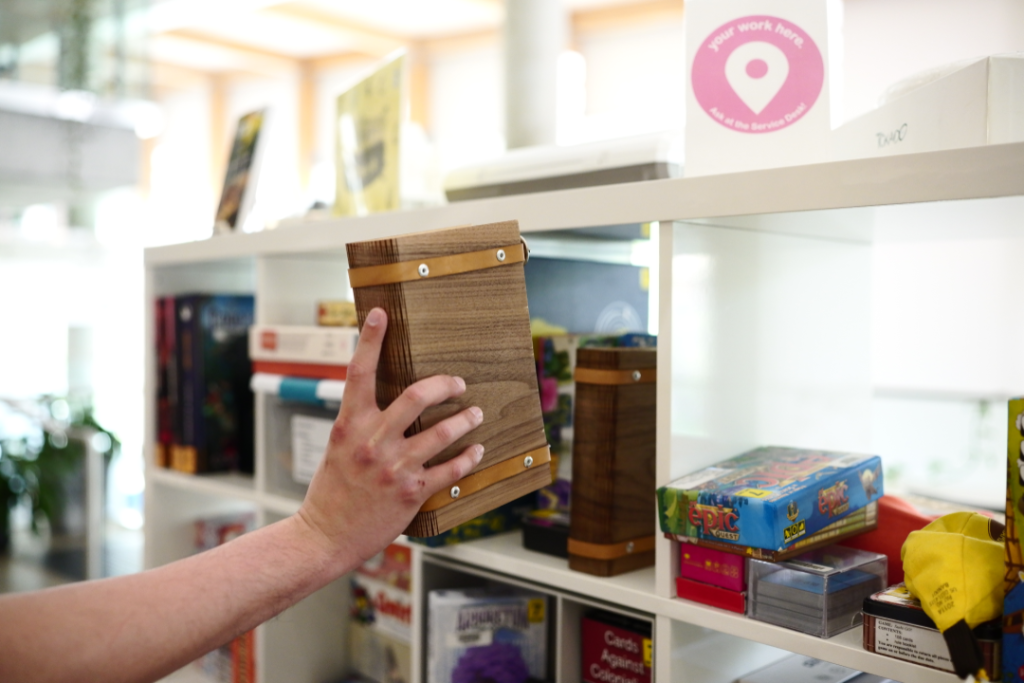
Kit categories
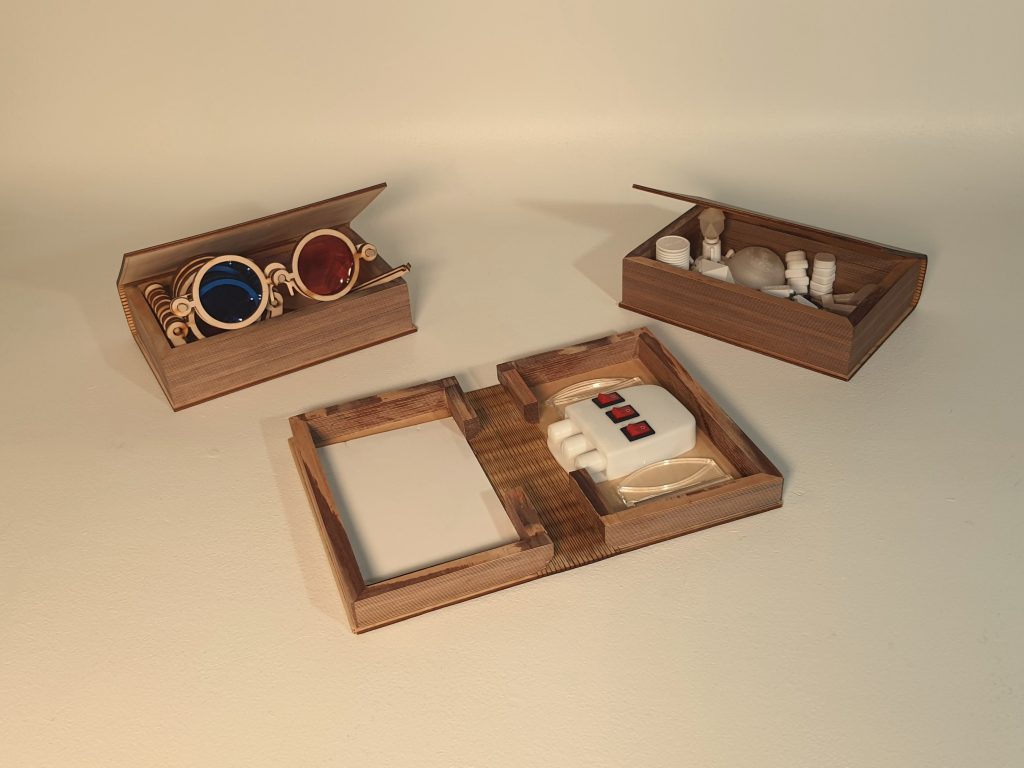
A. Making teacher’s tools accessible to students
Kits of in this category makes tools that were once exclusive to teachers accessible to students, allowing them use for study sessions, individually or in groups.
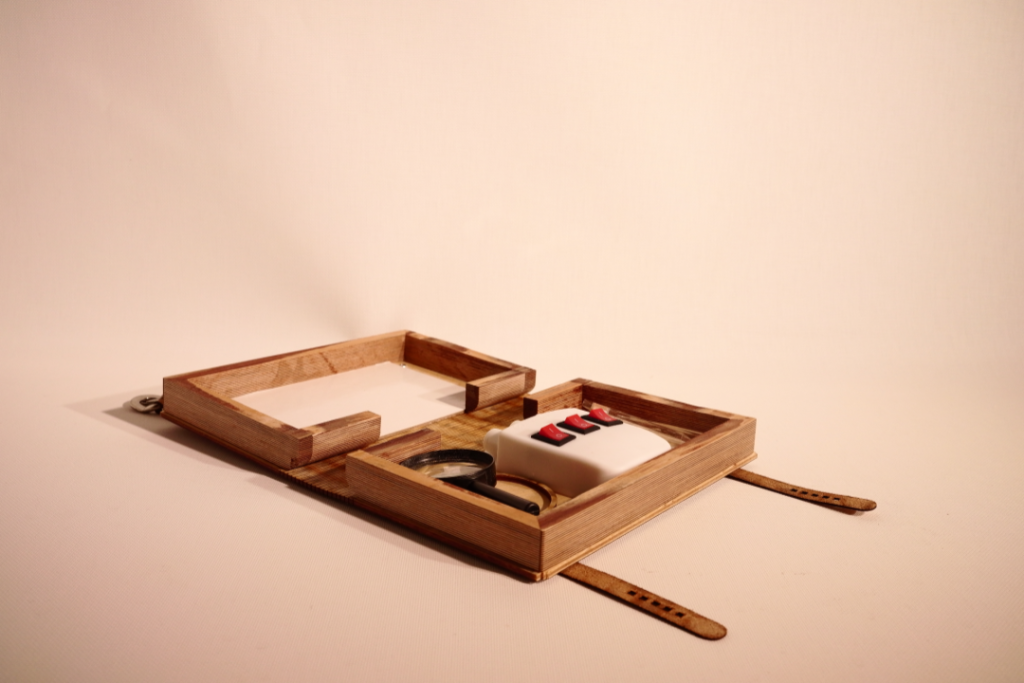
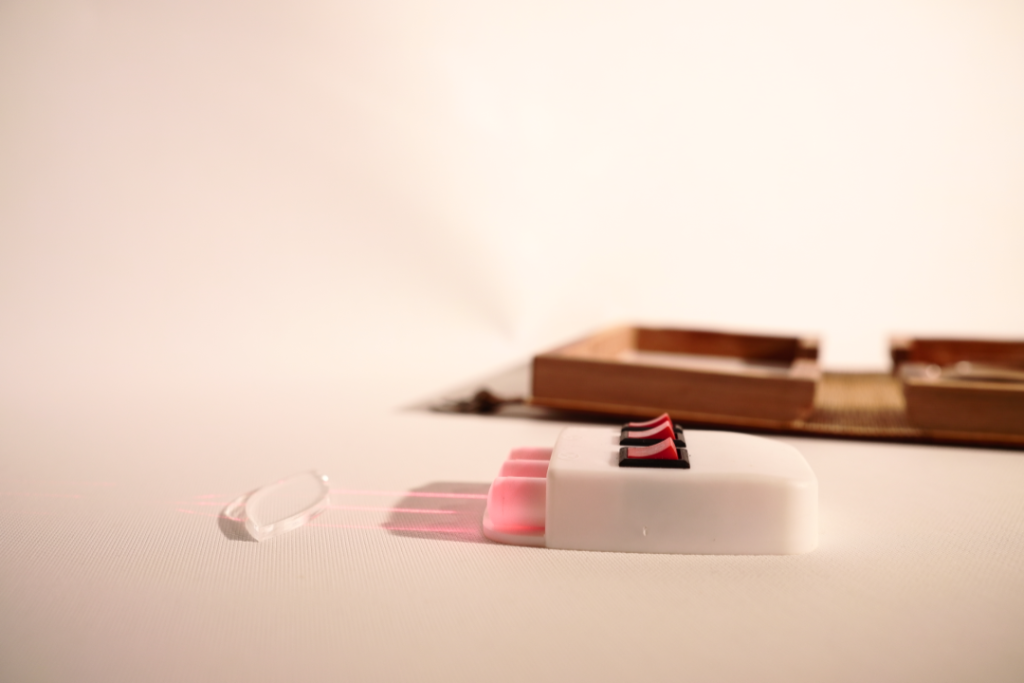
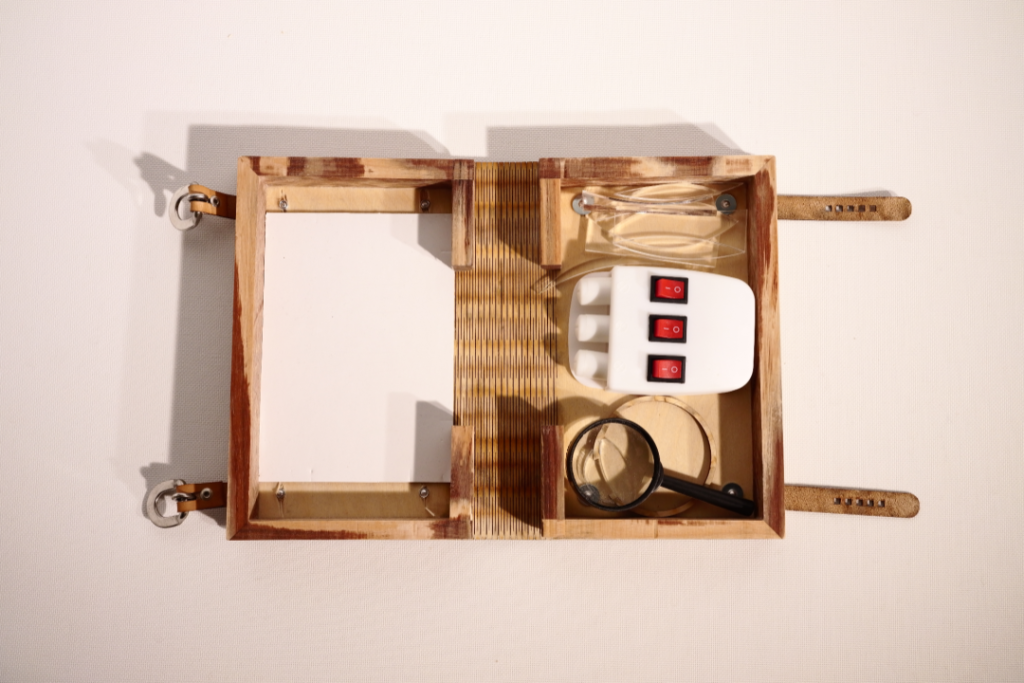
B. Turning textbook graphs into 3D models
The aim is to make learning, understanding and memorizing terms in a foreign language easier for ESL students, through tactility.
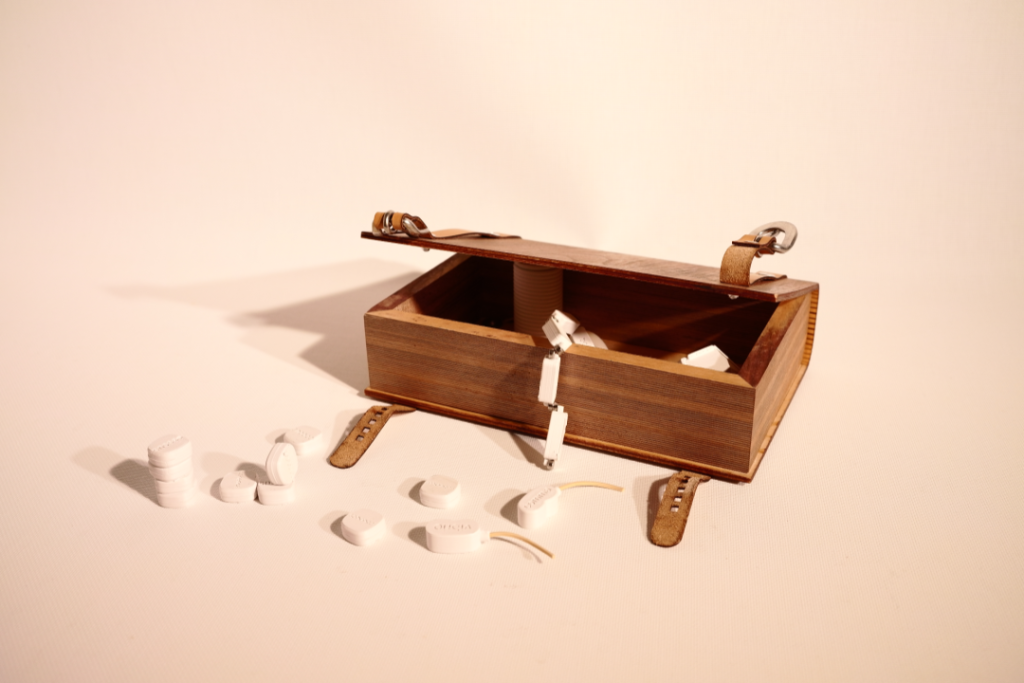
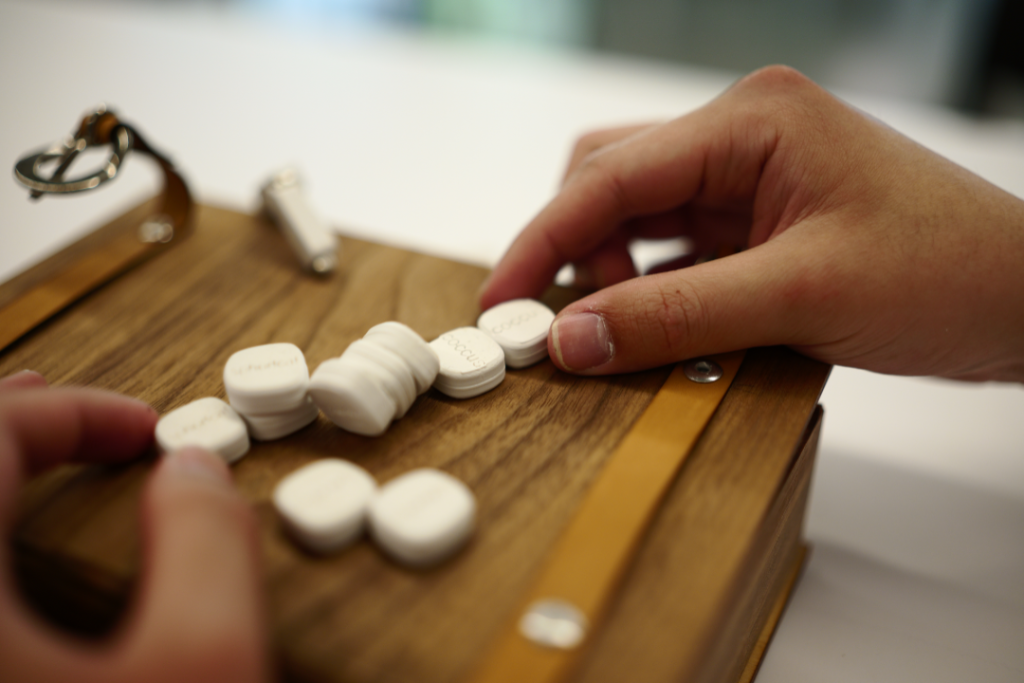
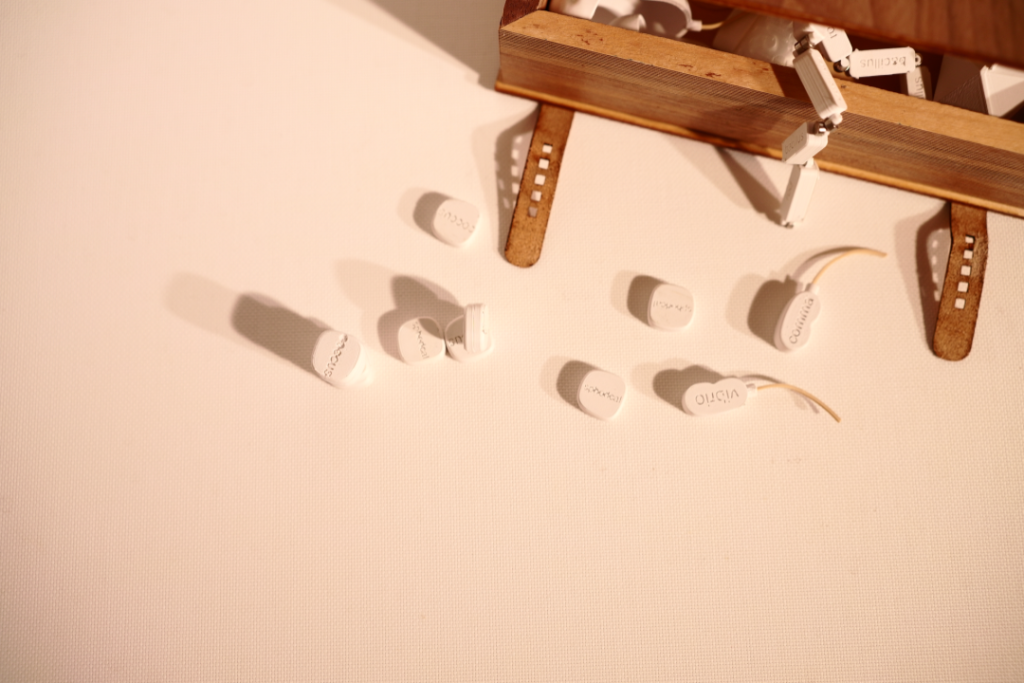
C. Activity-based objects
This kit contains higher fidelity in-class activities and experiments. The idea is that tougher concepts will be made more accessible if there is something interactive and familiar acting as an in-between.
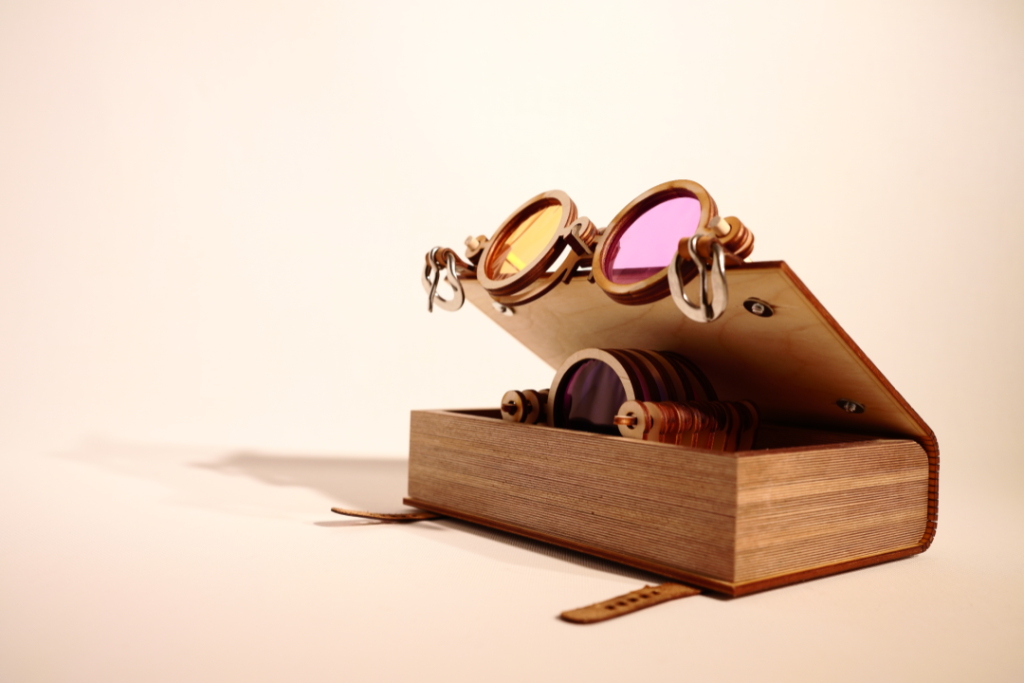
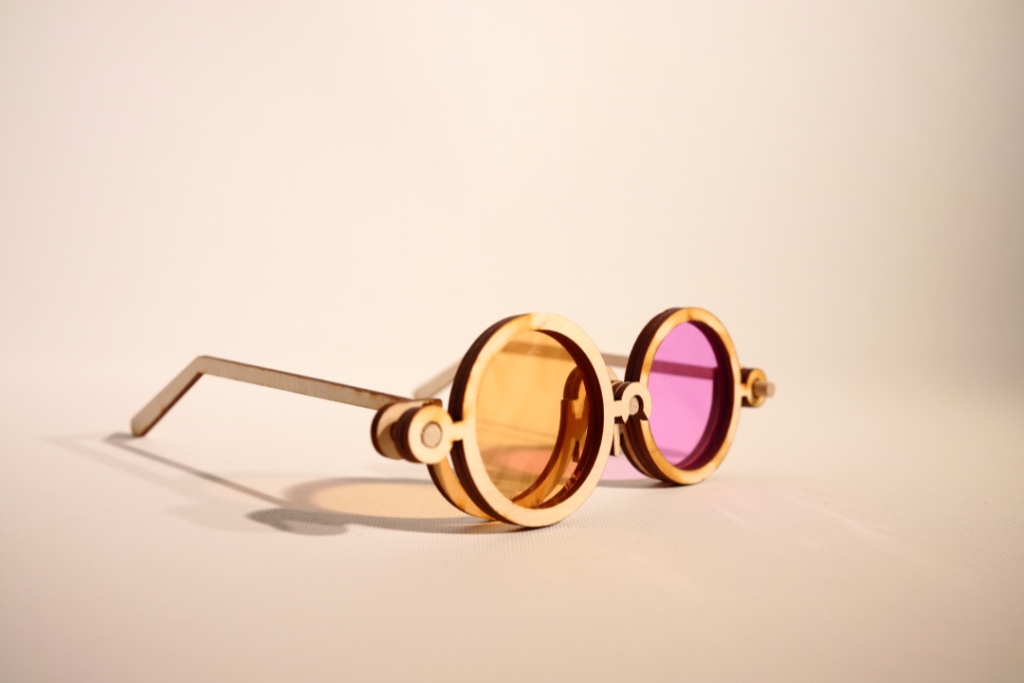
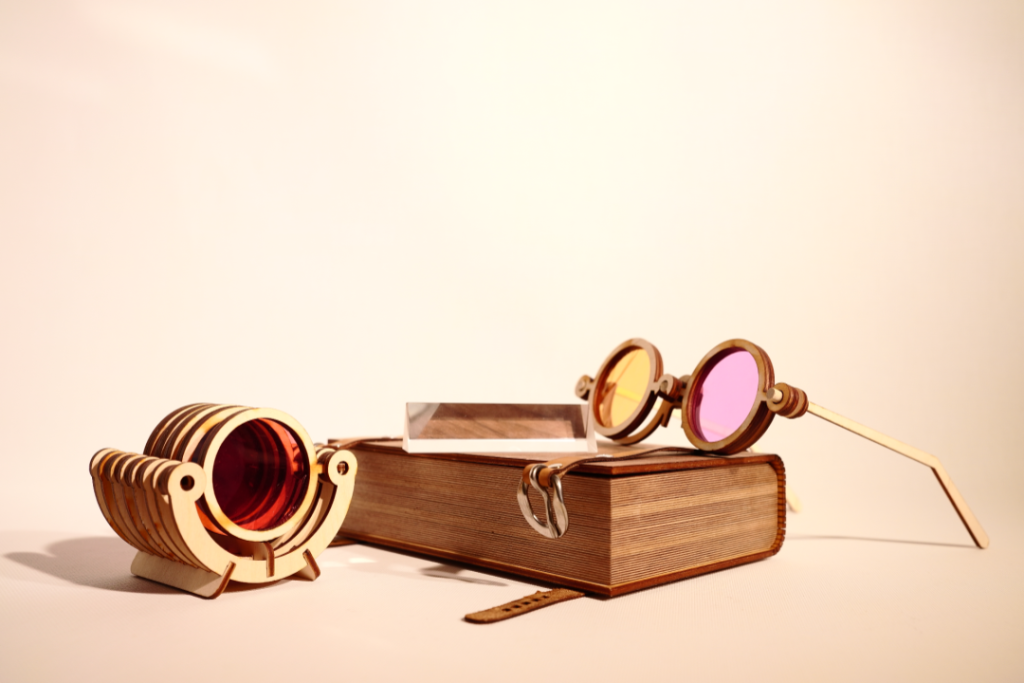
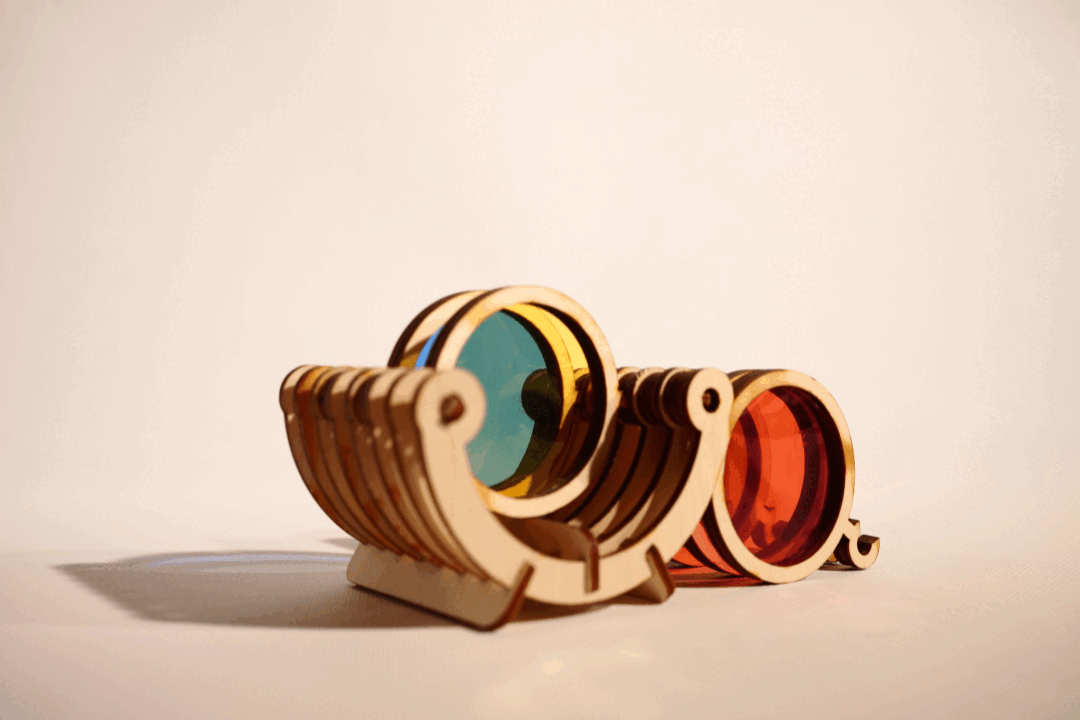
A look at the kits
Type A

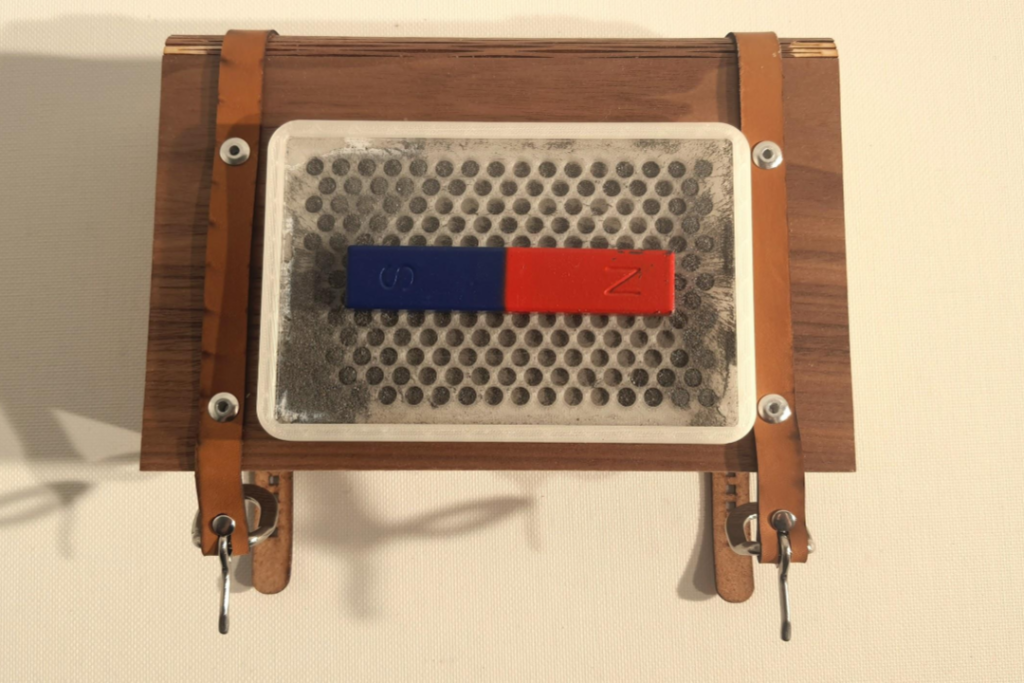


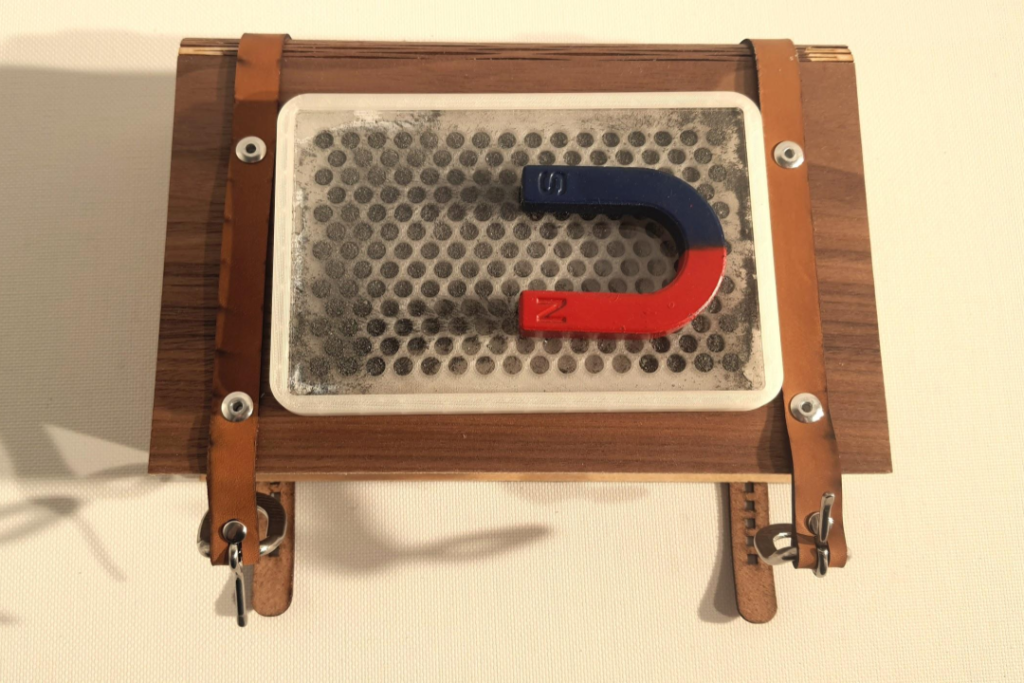
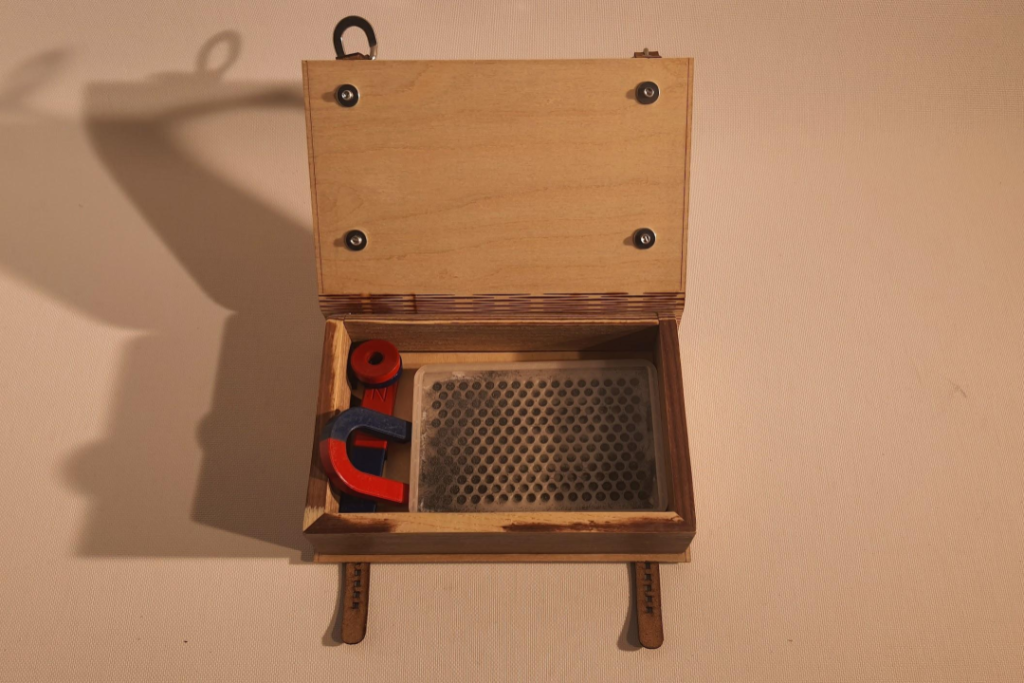
The laser and lenses kits will help students struggling with optics and the different angles when drawing graphs. The lasers are reflected off of a whiteboard that’ll provide a writing surface for the purpose of assisting graph drawing.
The magnets kit allows students to play with and see how the poles on magnets form a field. While relatively basic, students struggling with this fundamental concept will find it much more challenging to approach electromagnetism/alternating current, so this kit is meant for them.
Type B

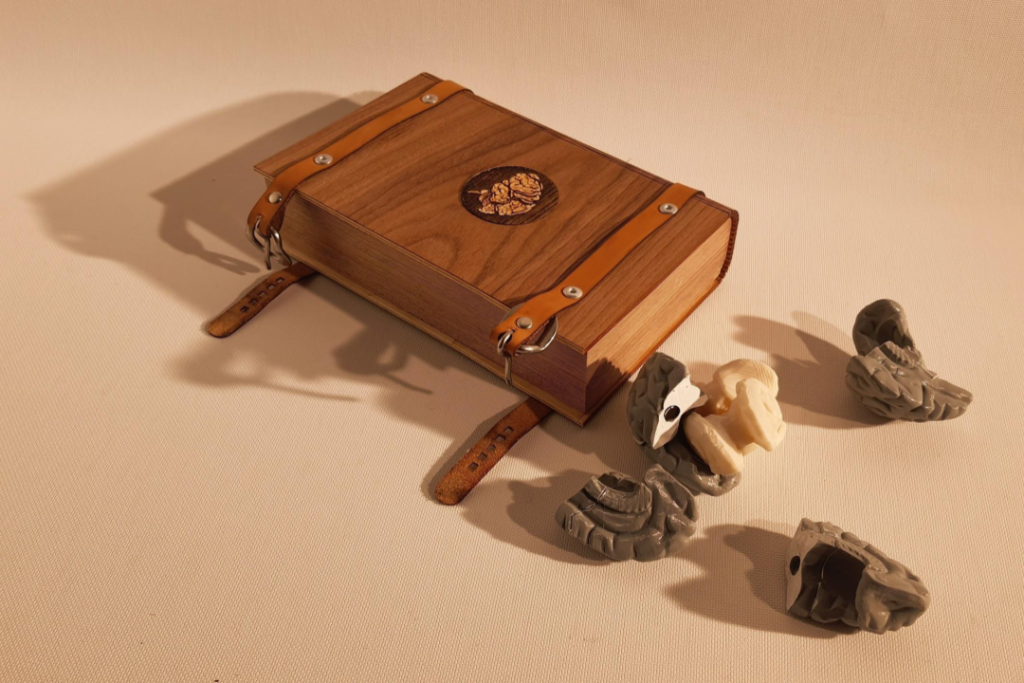

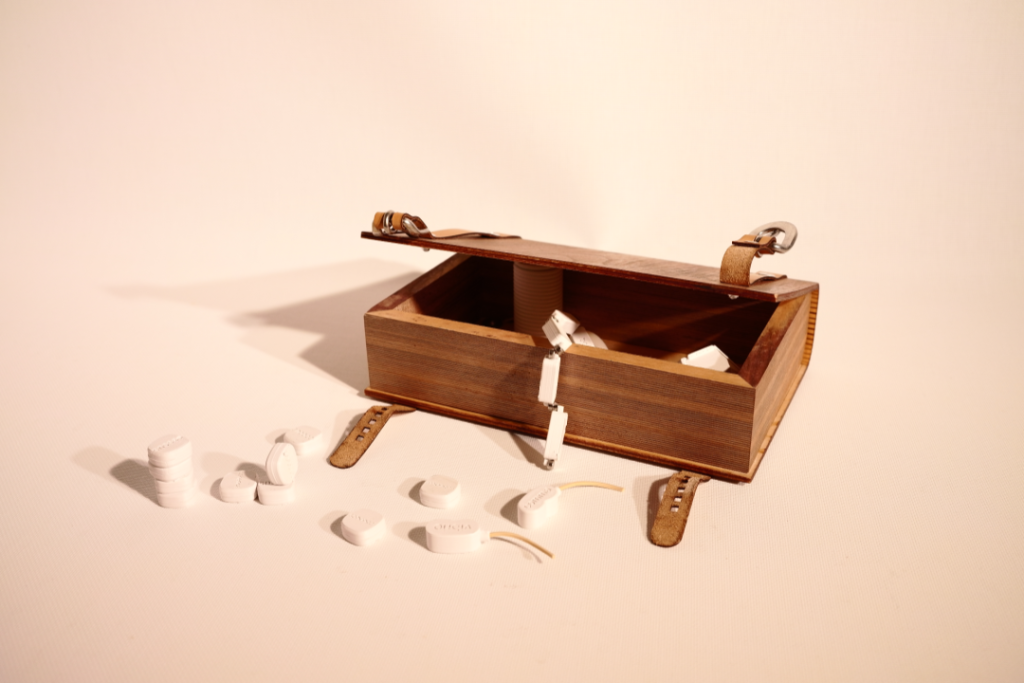

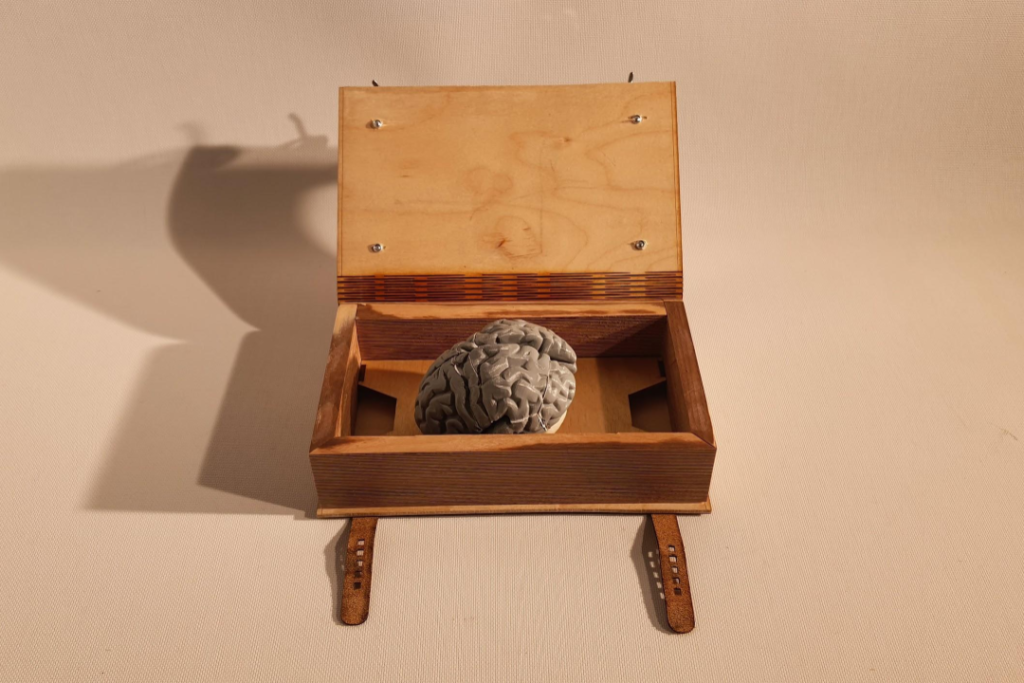
The viruses and bacteria kit and the brain lobes kit both try to make memorizing difficult terms easier by giving something to touch, hold, and play with.
Type C

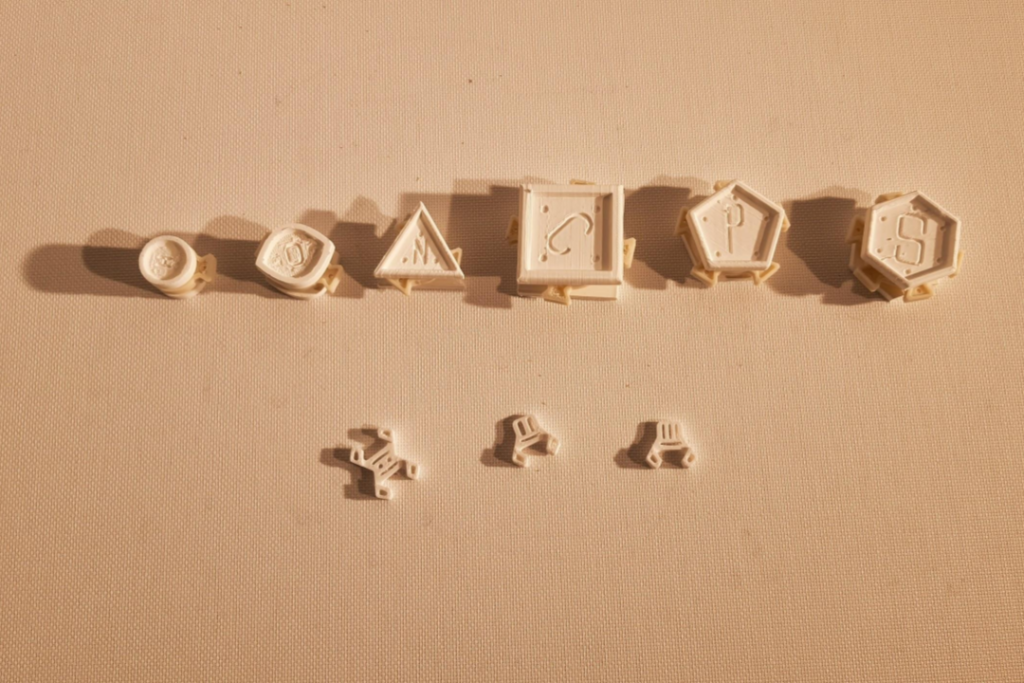
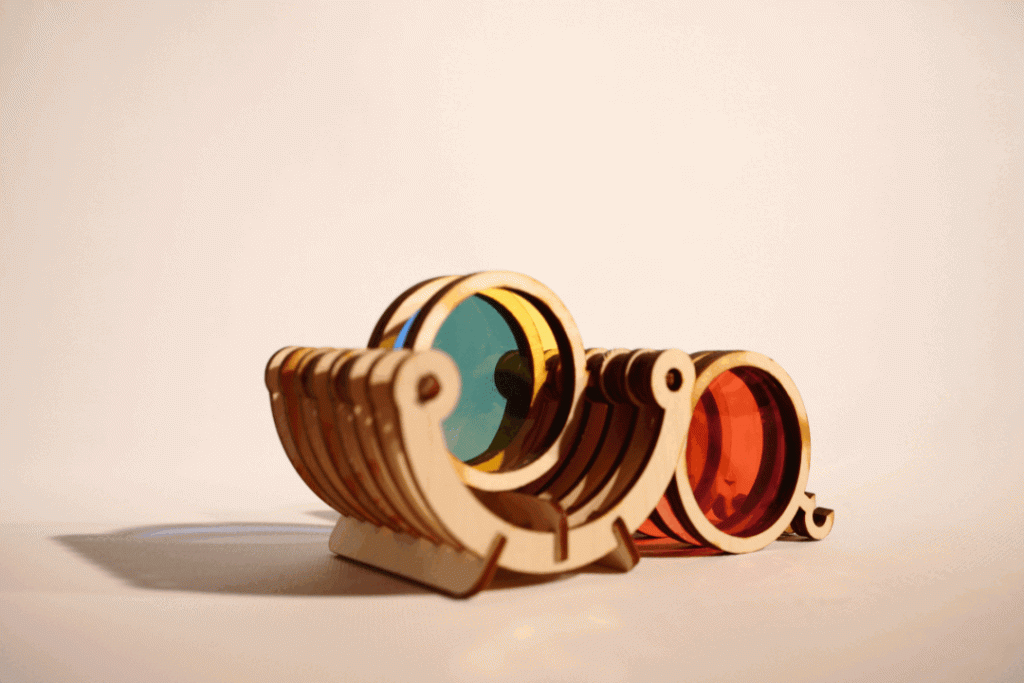
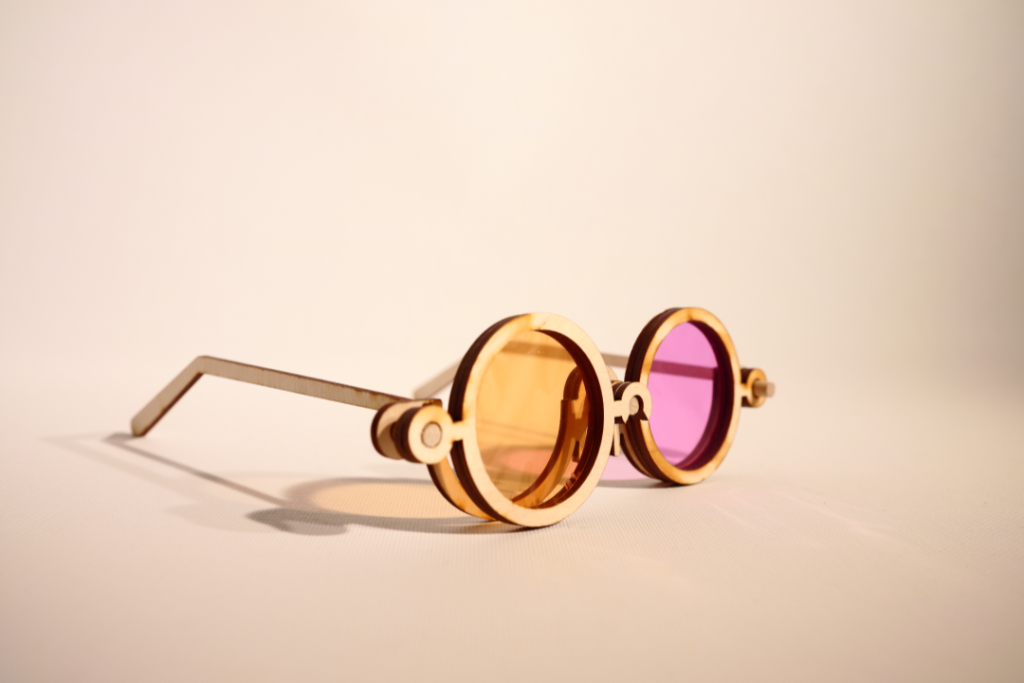
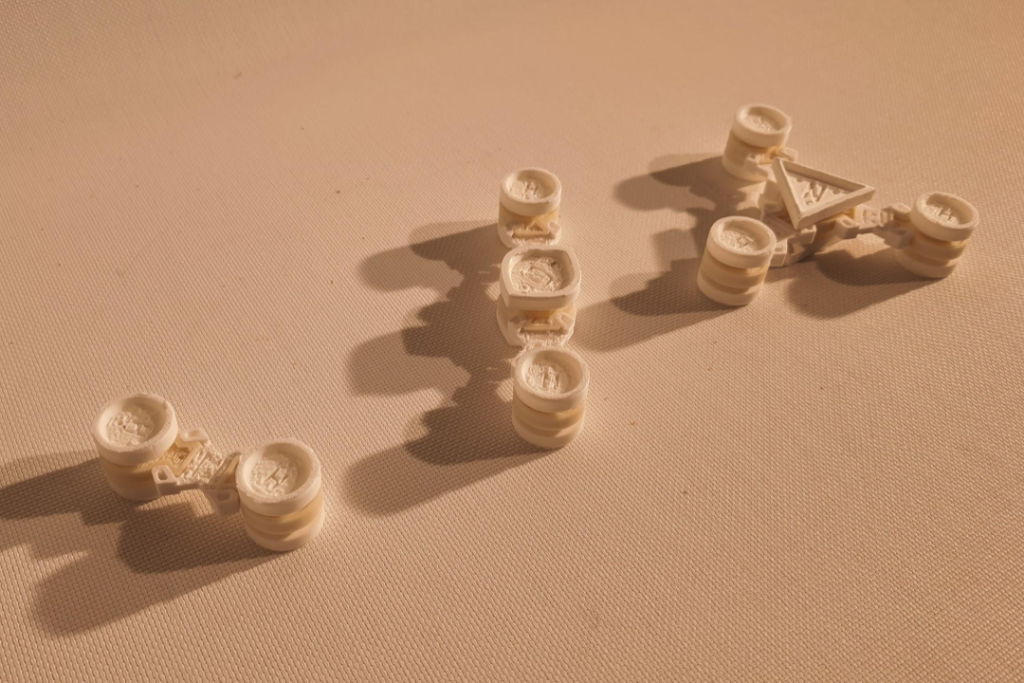
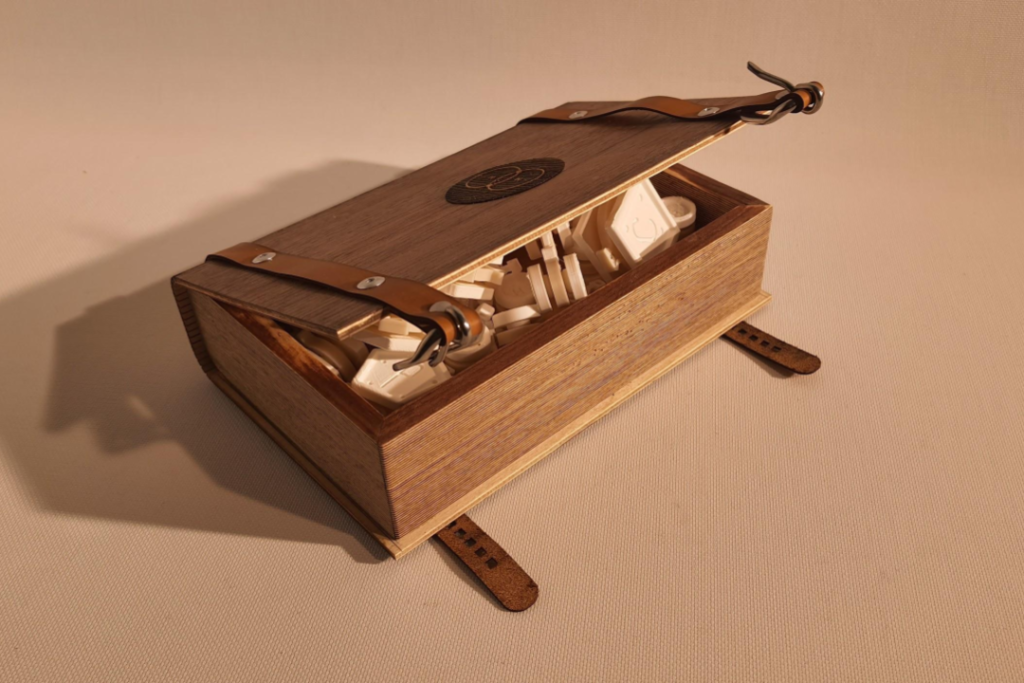
The visible spectrum kit is based on activities in class that involve colored transparent sheets of paper. The kit shows how different colors mix to make new colors, and how objects give off the colors that they appear in.
The covalent bonds kit is based on existing covalent bonds toys/models but simplified to inorganic and entry level organic compounds. Similar to the magnets kit, this aims to help students struggling with this foundational concept, so they’ll have an easier time with figuring out the covalent bonds of more complex compounds.
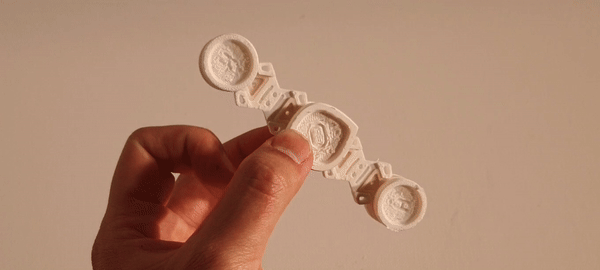
The boxes themselves
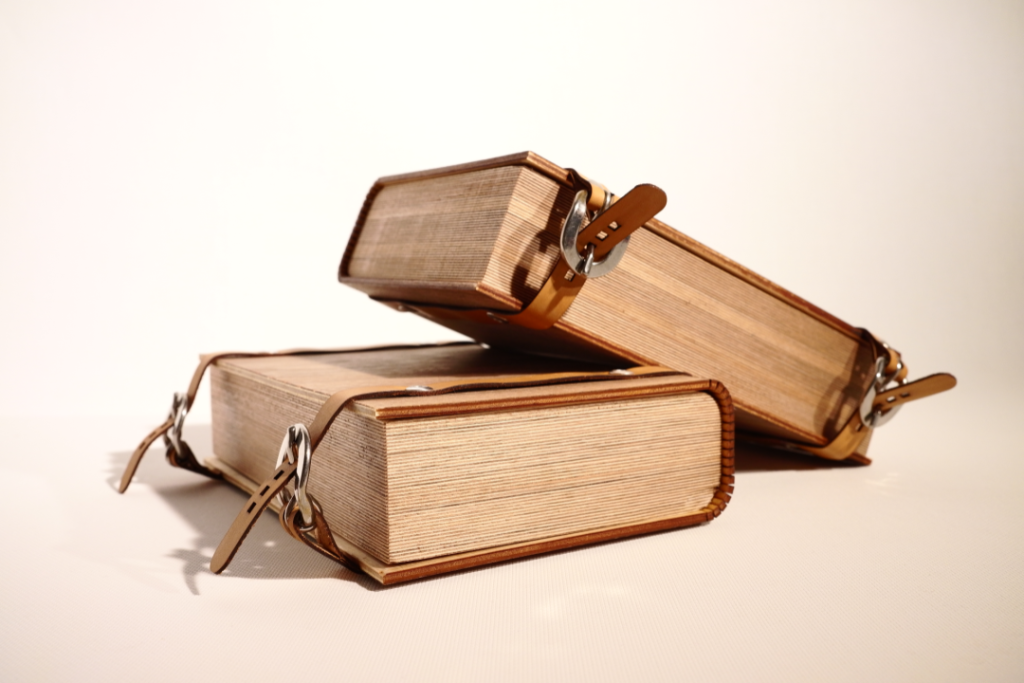
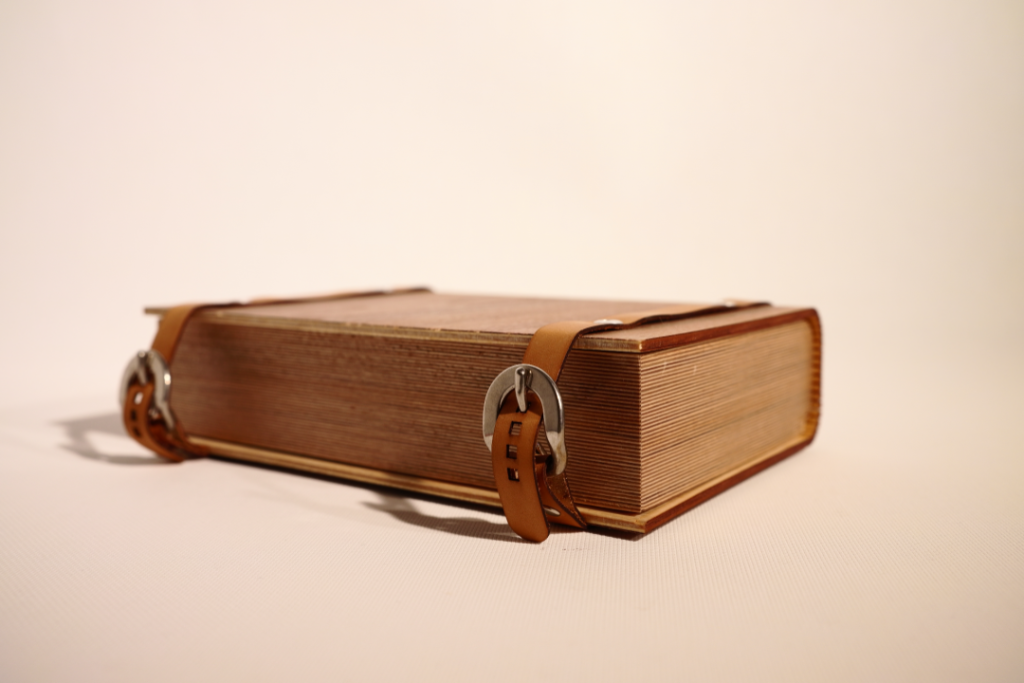
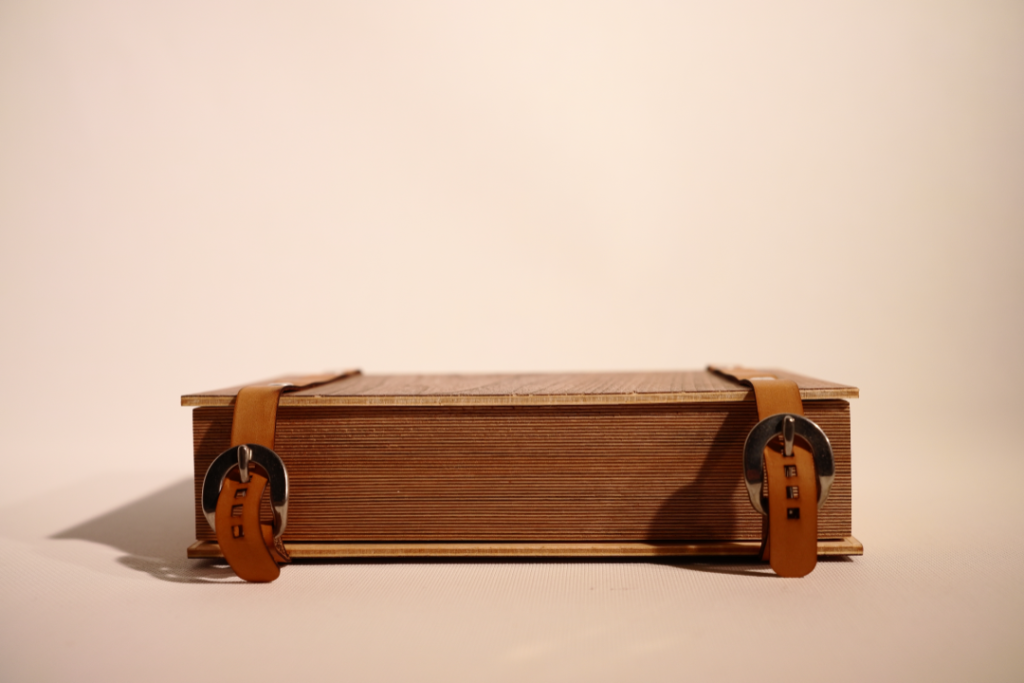

Construction
The walls of the box were built by laminating 104-108 layers of veneer together, which is around 2 inches, alternating between walnut and ash, a dark and light-colored veneer, creating a page-like effect.
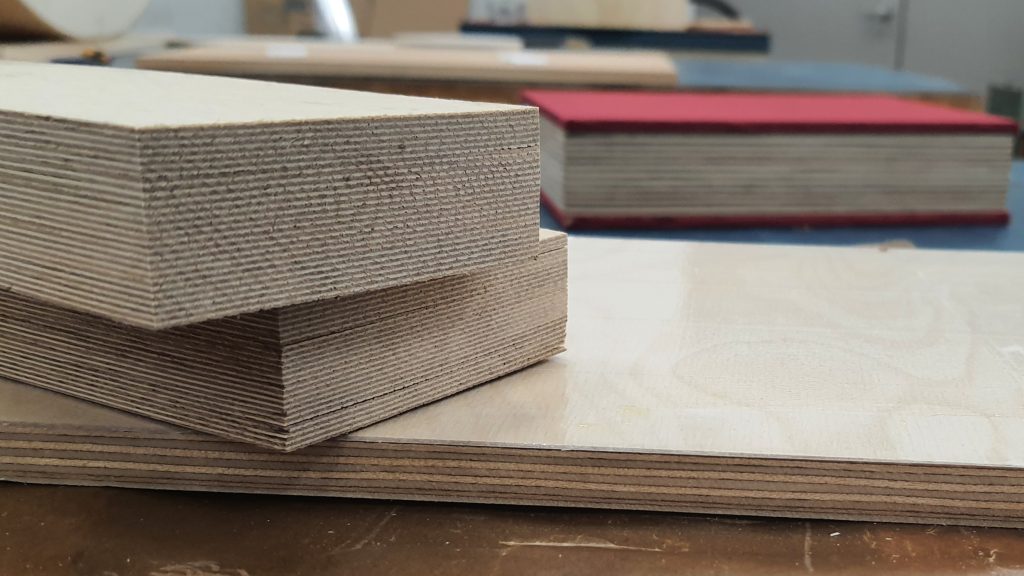
The “covers” are sheets of 1/8 in plywood with a walnut veneer and a vertical kerf pattern laser cut in the middle to allow a flexible curve similar to a book cover.
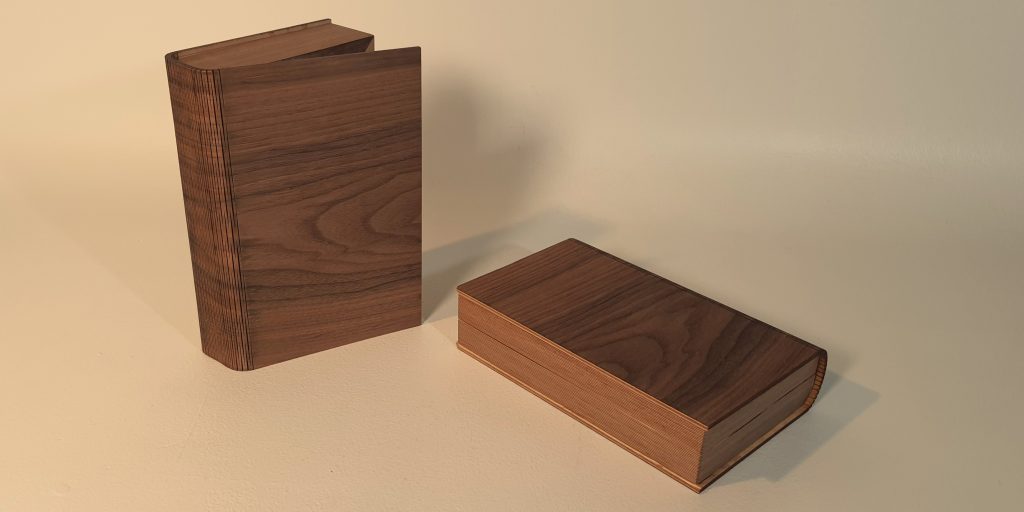
They are then finished with Osmo Polyx Oil and rivetted with leather straps to simulate the look and feel of old earth-tone leather bound books with leather straps. A chip here and there on the boxes further add to this effect.
The leather also acts as support for the kerfs, as kerf bends can be fragile with somewhat limiting tolerance.
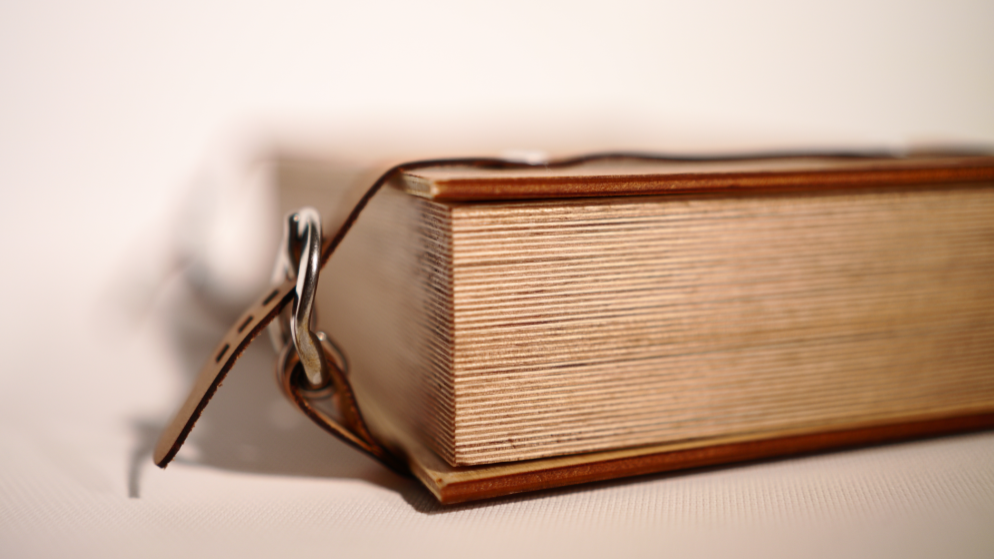
As these boxes are meant to store and facilitate these learning experiences, this lid was included to prevent things from spilling out as these boxes are meant to be stored vertically on bookshelves.
There are also walls and compartments so that the pieces don’t clump together like a mess inside the boxes, but they have to be specifically designed for to account for all the pieces, while the lids are universal.
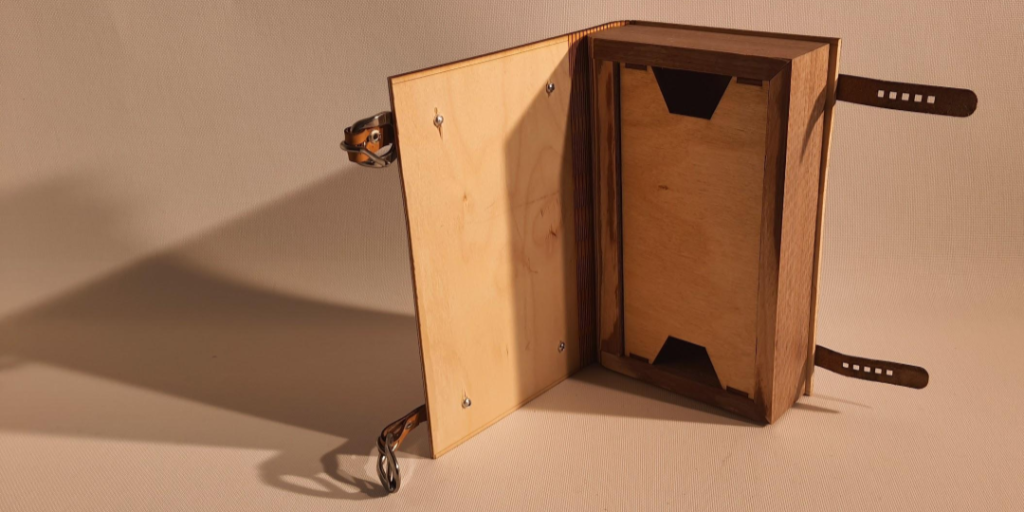
The icons on the front covers were made by veneering a layer of ash with a layer of walnut, then lasering off the ash layer.
The icons were designed to be textless, so even students struggling with reading or the terminology of what they’re looking for can still identify the right box.

Design
The boxes were made to look like books, an object symbolic of education and knowledge. These boxes represent my disillusion around adults telling kids that they need to read to get smarter even though there are other ways of learning, which is why they look like books, and the fun part here is that these books don’t expect to be read but to be played with, embodying the hands-on, exploratory and play-based way of learning.
The models are stored safely in these boxes and kept in school libraries, where any student can access and withdraw them. The fact that they look like books make them feel even more natural in a library setting.
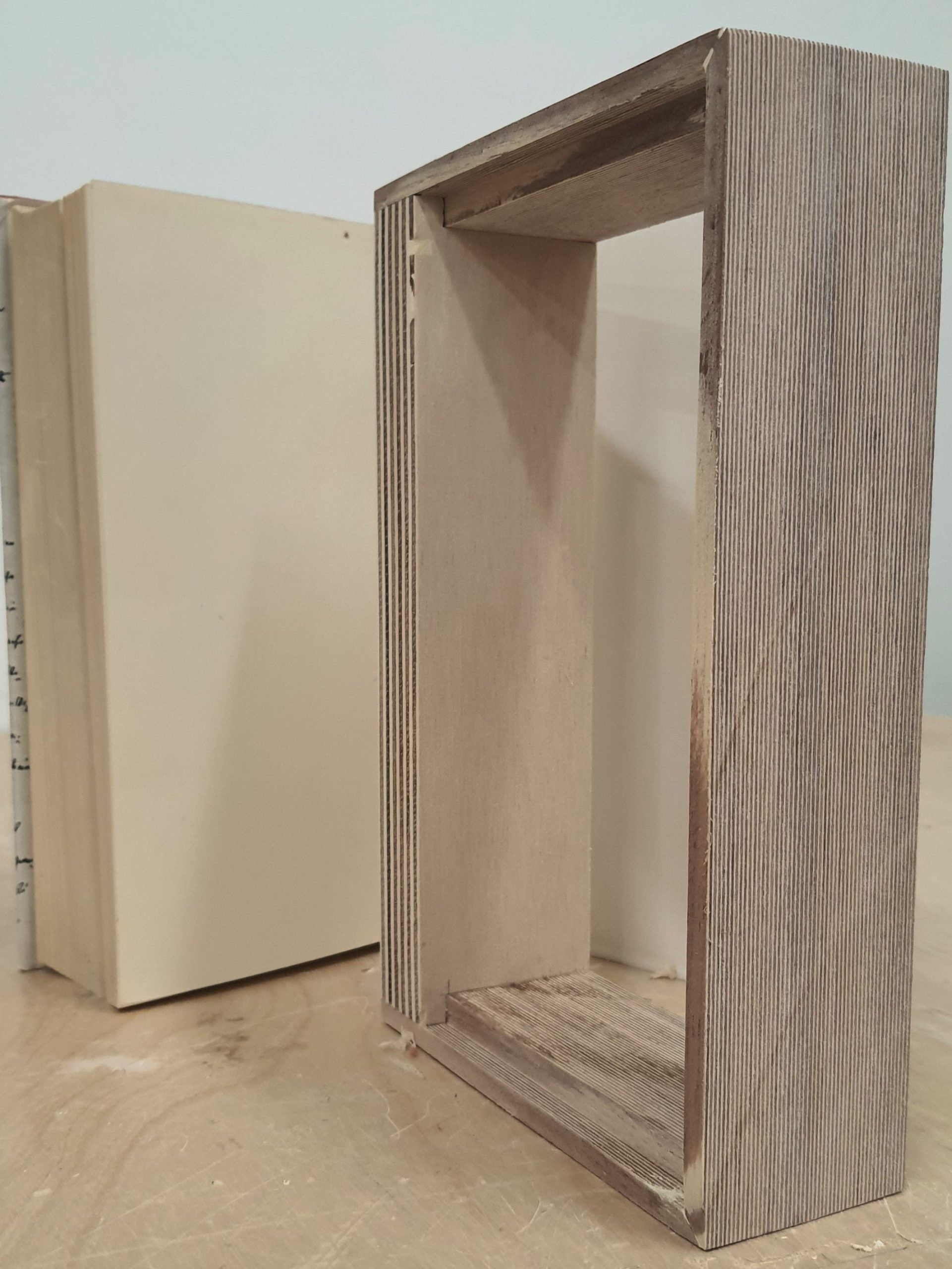
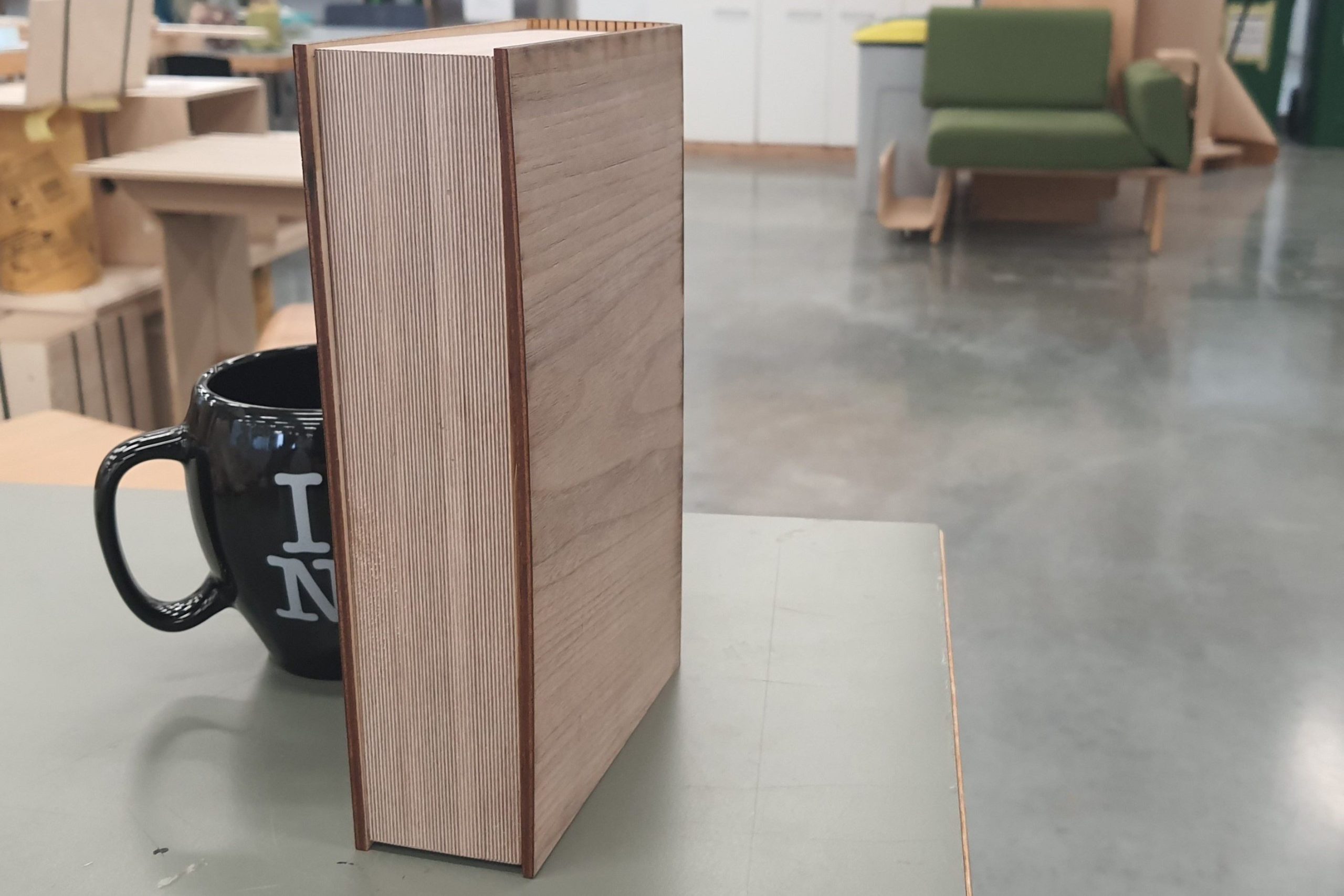
These boxes are the size of a half-letter-page-sized book, which makes them neat and light, making them ergonomically accessible to high-school students.
The size and construction were decided after a series of iterations in order to find one that’s easy to hold, carry, open and close. How neat it looks and how smooth the cover opens and closes also add to the experience.
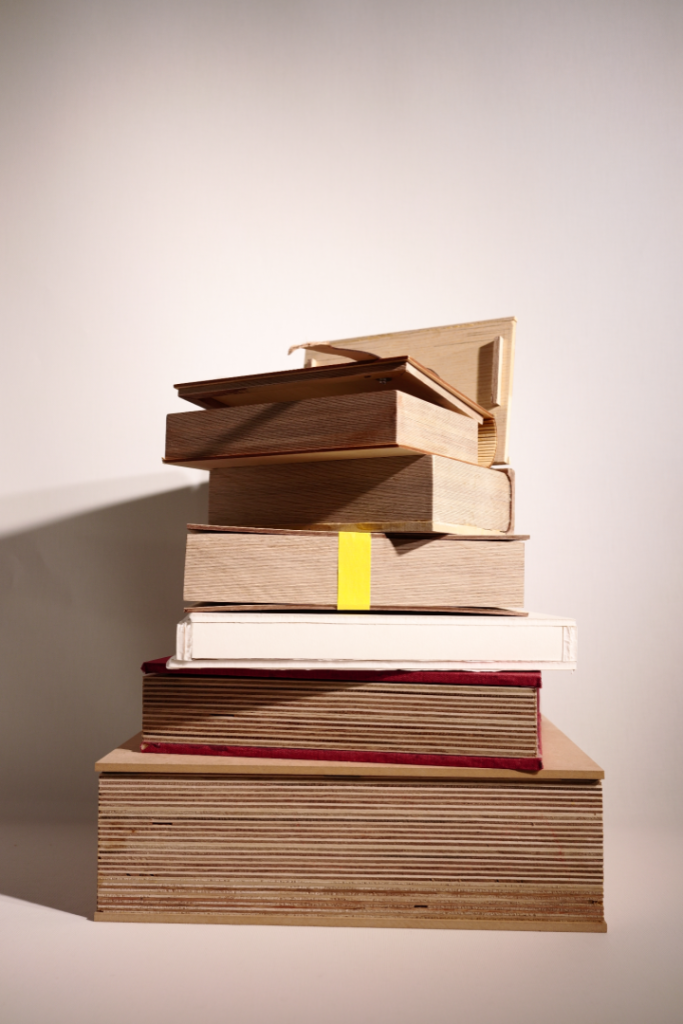
I even thought about integrating activities into the “book” and made this pinball book to think through this idea.
I decided that this might be a little too distracting for students, so I decided to keep box and models largely separated but didn’t rule out the idea completely. The laser and lenses kit is an example of the box’s construction complementing the models and activities.
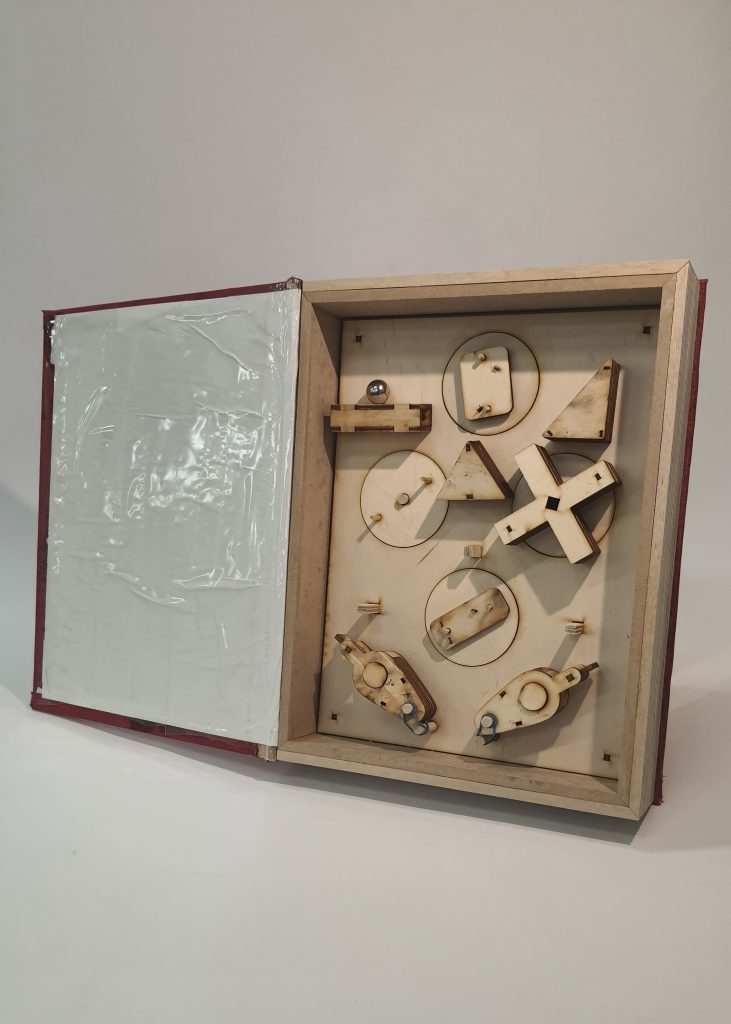
The most validating part of this process was how quite a few people thought I was holding a book when I was carrying these around.
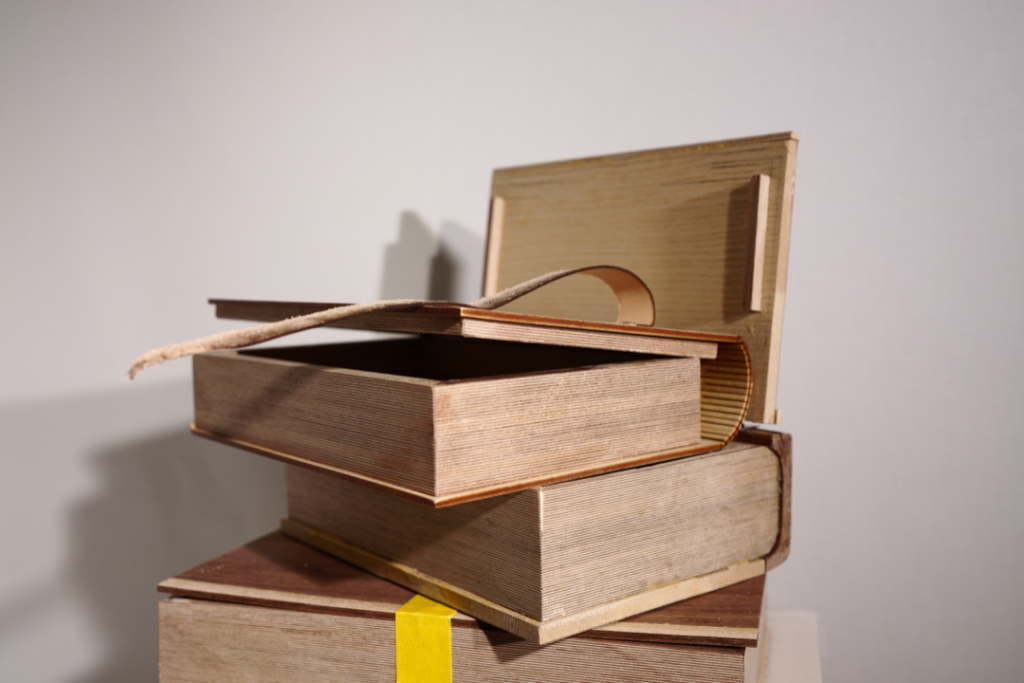
The peak of Iteration Mountain
Check out these kits, the models and the boxes, in-person in Rennie Hall at Emily Carr for the intended tactile learning experience.
